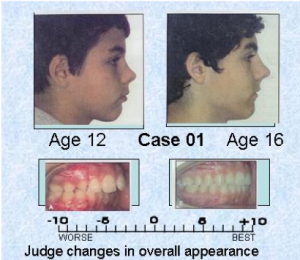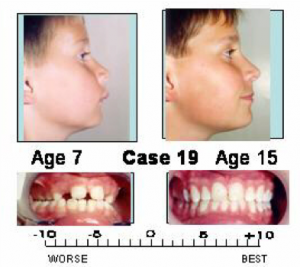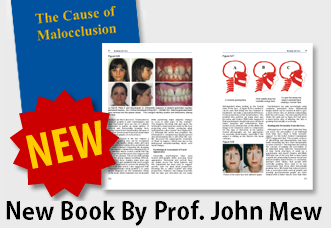Research suggests that the public prefer forward growing faces with good cheek bones, but surprisingly Orthodontists appear to prefer flatter faces and retruded cheek bones. Peck and Peck (1970) studded the X-rays of good looking film stars and found that “The general public admires a fuller, more protrusive dento-facial pattern than customary standards” (of Orthodontics).
This finding was later supported by others (Tedesco 1983) who found that “Lay judges seem to be more sensitive, than judges with orthodontic training, to dental-facial esthetic impairment”. This is not just a Western concept because Soh (2005) using a sample of Chinese subjects concluded that “Orthodontists considered a flatter male profile to be most attractive, but Oral Surgeons (who aim to improve the face) preferred a fuller normal Chinese profile”.
Why should Orthodontists think so differently from the rest of us? Part of the reason might be that most of them are taught that it is not possible to increase the forward growth of the face by more than 2 millimetres which hardly shows (Looi and Mills 1986). However Zettergren-Wijk et al (2006) found that if children learnt to close their mouths, their face grew forward by about 10mm, but if the mouth was left open, the jaws became flatter and less attractive.
This finding was later supported by Trotman et al in 1997, who also found the reason why Orthodontic X-rays failed to show this”. Other research (Mew 2015) showed that patients who were trained to keep their mouths closed became very much better looking than patients who had not, but this still does not explain why Orthodontists think flat faces look better. I can only assume that they learn to like the flat faces they create.

Orthodontists placed this case 12th most successful out of a series of 32 cases but members of the public placed it last.

This case was considered most successful by both the lay public and the orthodontists.

